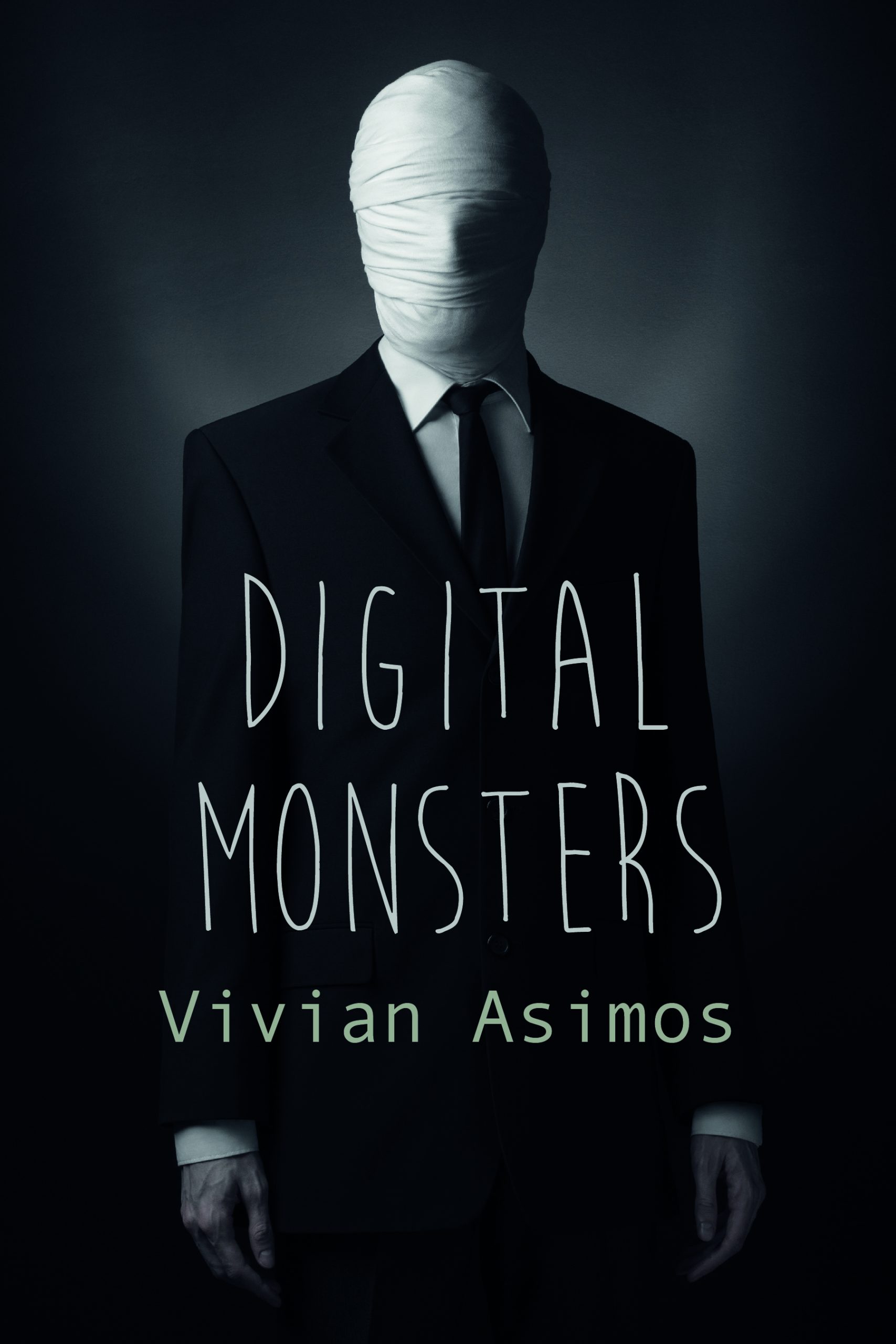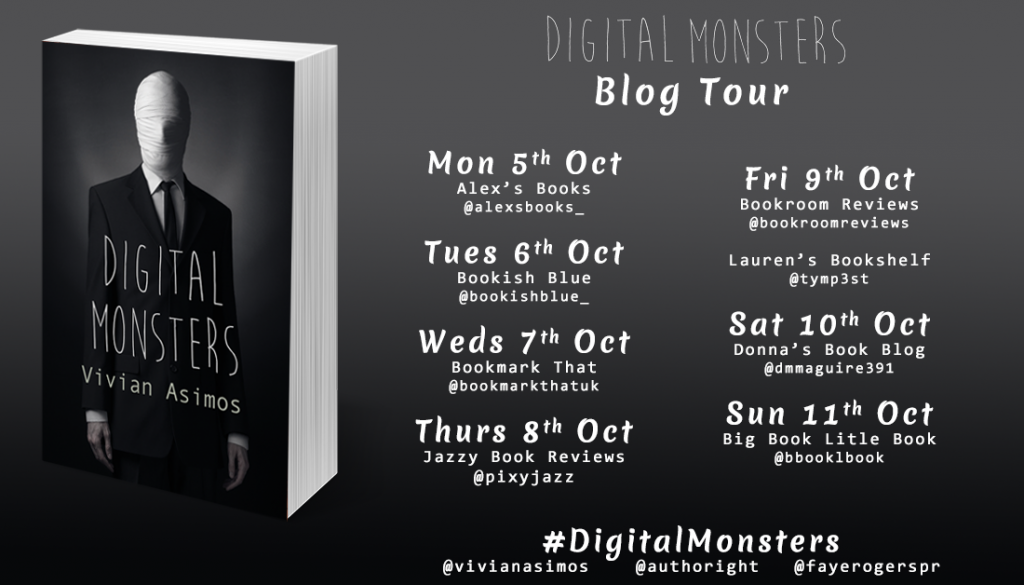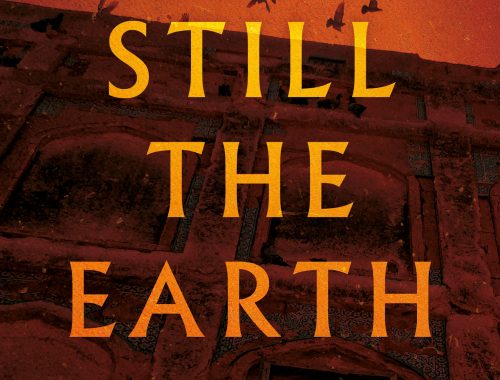Digital Monsters

Vivian Asimos
Horror storytelling online has a rich history as detailed and long as the internet itself. Digital Monsters explores many of these narratives and reads them to see what these stories tell us about the internet, about digital communities, and about ourselves. This book seeks to explore the monsters of the virtual world. It will not only detail the narratives but also explore the connections between these monsters and the world outside. It demonstrates what these monsters have to say about the people who write them and draw them, and what they show us about the communal and social words surrounding them.
The digital monsters in this book enjoy living in the middle ground between typically considered strict dichotomies. These monsters, which both are and aren’t simultaneously, reveal other categories the communities hold dear. These categories, as well as the destruction of categories, are what will be explored through the detailed study of these digital monsters. Studying these narratives will provide us with an understanding of how these narratives relate to the broader horror genre, and what it has to say about the social and cultural contexts it finds itself in.
Extract
The Anthropological Approach
I have spent the last several years of my life studying monsters from the point of view of an anthropologist. As an anthropologist, I see monsters as cultural artefacts, like clay pots and tapestries. And like other cultural artefacts, studying monsters gives us a look into the cultures that create the monsters and tell their stories. Digital monsters are our contemporary myths, folklore and legends, and these stories tell us about how the online world thinks, feels, and acts.
Anthropologists are annoying, and we define our primary method of research by its annoyance. We sit and list endless questions about every aspect of everything – we try to revert back to infancy, to point at anything basic and ask “what” and “why” until who we are speaking to are simply sick of us. And then we ask someone else. And during this whole time, we sit back and we watch. We observe what people are doing, and then we try and do it too. We do what is called “participant observation”. Anthropology, at its heart, is a collection of questions about simple things in life: why we wear what we wear when we wear it; what we say when we say it and how we say it. We prod questions immensely with little apparent end in sight – always anchoring everything to something we can see or hear from the community itself. We go into a community like children who are eager to learn everything we can about how life is structured, and why it is structured that way.
Many anthropologists see their field sites as remote locations. They load a backpack up with essentials, a voice recorder, maybe a camera and a journal. They grab a machete and they trek into the wildernesses, eager to live in small villages they hope the world has never heard from before. I, on the other hand, find my field site online. I do not trek with a machete, but with a laptop and a highspeed internet connection. I believe there is a lot to learn from every community, not just the ones who live in remote locations in the world. There is something interesting about people, fundamentally, and this does not change with the use of highspeed internet and online chat rooms. Some unknown community is not the only one who still tells interesting stories – we all do.
This book is a reflection of anthropology when it comes to monsters – what is the monster doing for the community it represents? What effect does the monster impart to those who tell it, share it, and created it? How do the monsters impact the world that tells them?

Publisher: Clink Street Publishing
Publication Date: 6th October 2020
Format: Paperback
Pages: 99
Genre: Non-Fiction
Age: Adult
Reviewer: Blue
Source: N/A


